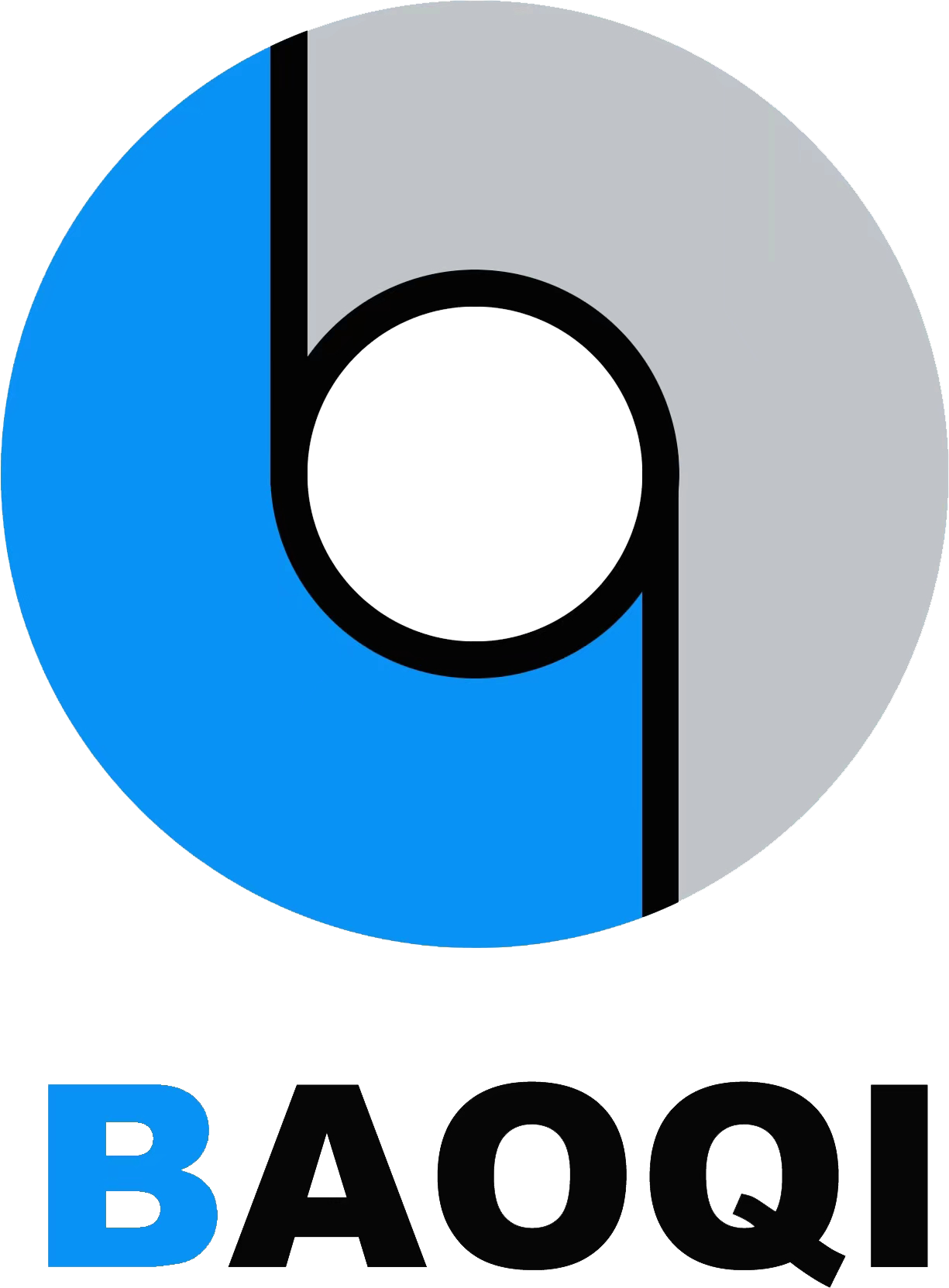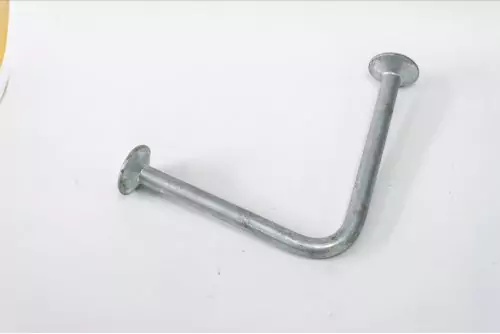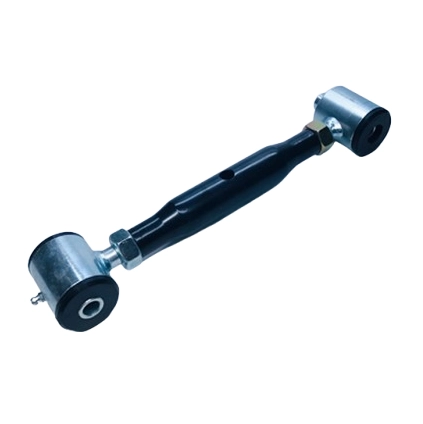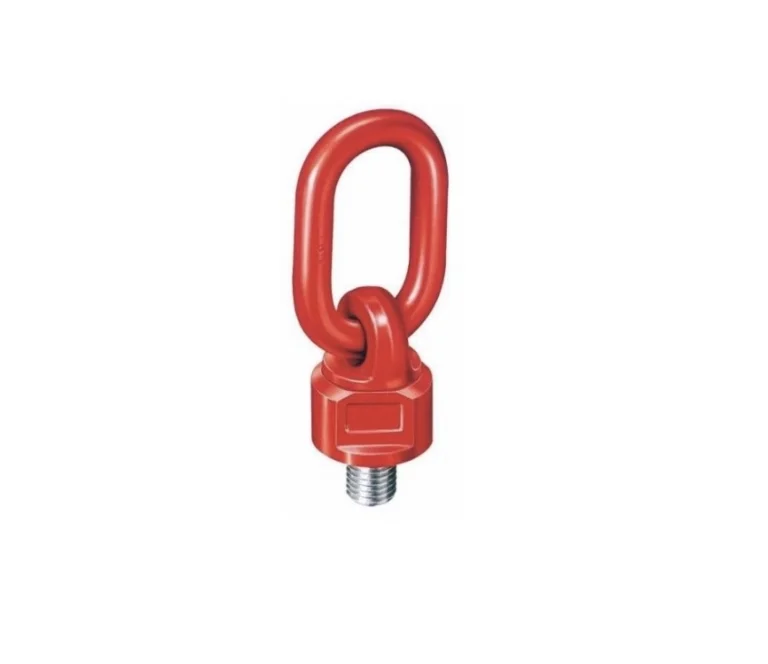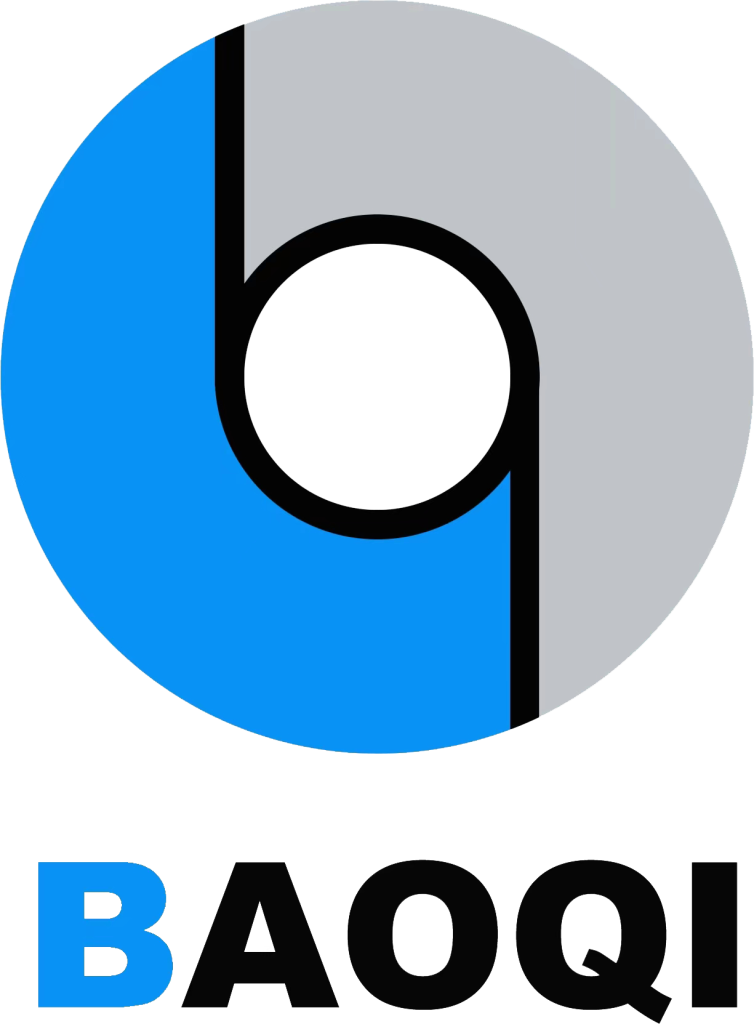Understanding Safety Factors in Lifting Anchors
Definition and Importance of Safety Factors
Safety factors are essential components in engineering and design, particularly in lifting applications where the use of lifting anchors is prevalent. A safety factor represents the margin of safety built into a design, providing a level of assurance that a structure or component can withstand unexpected loads or conditions. In the context of lifting anchors, safety factors are crucial for preventing failures that could lead to accidents, injuries, or damage. They are determined by assessing the maximum load that lifting anchors must support against their rated capacities, ensuring a safe operational environment.
Common Safety Factors in Different Regions
Safety factors vary significantly across different regions and industries, often influenced by local regulations, standards, and practices. For instance, in construction and heavy lifting operations, safety factors are frequently calculated using a formula that considers dynamic loads, environmental conditions, and the specific materials used in the lifting anchors. While many regions adhere to a standard safety factor of 3:1, others may adopt higher ratios to accommodate various safety concerns, such as seismic activity or harsh weather conditions. Thorough understanding of these variants is important for professionals who work with lifting anchors, as it directly impacts the overall safety and effectiveness of lifting operations.
Specific Safety Factors for Lifting Anchors
The Role of the 3:1 Safety Factor
3:1 is a commonly acknowledged safety measure for lifting anchors. It was the general standard based on research testing and failures for anchors. It gives a safety factor for lift activities that can fluctuate in load and material strength. So when engineers and operators choose or install lifting anchors to carry loads, they need to factor in the 3:1 safety factor and additional load for it to be safe throughout its lifespan of operation. This safety factor helps reduce the risk of loads causing breakage or damage, making a safer work environment.
High-ratio safety Factors like 5:1 and Above
In some highly critical environments this ratio is sometimes embellished to 5:1, or larger safety factors are used even than that, with ratios greater than3:1 These increased safety factors are used when a high load, extreme environmental type of application is involved, or a critical application where the failure consequences may be major. A good example is offshore drilling or high-rise construction projects where they need these types of strict safety standards for lifting operations. In addition to meeting regulatory requirements, choosing to lift anchors with a significant safety factor inspires trust in the employees and stakeholders engaged in the operations.
Regulatory Compliance and Standards
OSHA Standards for Anchorage Strength
The Occupational Safety and Health Administration (OSHA) sets rules for anchoring systems or safety systems (that includes lifting anchor points) strength, and when they can continue to be utilized properly as well. Across the board, OSHA requires that any point of anchorage be rated for at least this amount of tensile force to protect workers before and during lifting operations. Such regulations are in place to mitigate the chance of accidents or injury from anchor failure. Professionals using lifting anchors mustn’t lose sight of these standards to ensure the efficiency and safety of their lifting operations.
Safe Working Load Limits (SWL) and Maximum Breaking Load (MBL)
To choose lifting anchors correctly, it is necessary to know the terminology: Safe Working Load (SWL) and Maximum Breaking Load (MBL). SWL stands for safe working load and is the load that the lifting anchor should be able to sustain whilst being used — while MBL refers to the actual, real-life number where an anchor will fail. These metrics are to know what are the maximum safe& limits which constantly need to be checked during any lifting operation. Besides, the lifting anchors like Lifting Eye Anchors & Utility Anchors should be chosen based on their SWL and MBL as a wrong selection may become disastrous. Ensuring that these terms are understood by everyone involved with a lifting operation is key for safety and compliance.
BaoQi’s Range of Proven Lifting Anchor Solutions
As an expert in the field, let me introduce you to BaoQi, a trusted provider of high-quality lifting anchor solutions. With a proven track record, BaoQi offers a range of reliable products and services that cater to various lifting needs. One of their exceptional offerings is the Lifting Eye Anchor, designed to provide secure and efficient lifting capabilities. Additionally, BaoQi also offers the Utility Anchor, another versatile solution for your lifting requirements. Discover the benefits and specifications of the Utility Anchor by clicking on the provided hyperlink. Trust BaoQi for all your lifting anchor needs.
Utility Anchor
The Utility Anchor is designed for various applications, providing a reliable solution for various lifting operations. Made from high-quality materials, the utility anchor is specifically engineered to withstand the demands of tough working conditions, ensuring maximum durability and strength. Its design incorporates features that allow users to secure loads safely and efficiently. For operations requiring versatility, the utility anchor can easily adapt to a variety of lifting scenarios, making it an essential tool for professionals in the field.
Moreover, understanding the specific safety factors associated with utility anchors is imperative. Engineers often analyze load capacities and environmental variables to ascertain their performance under different conditions. When utilizing utility anchors, adhering to the established safety factors, like the3:1 or higher ratios, can significantly enhance the reliability of lifting operations. Consequently, integrating utility anchors into lifting procedures helps maintain compliance with industry standards while promoting a culture of safety among workers.
Lifting Eye Anchor
The Lifting Eye Anchor represents another critical solution within the spectrum of lifting anchors. It is particularly aimed at providing a secure point for lifting operations, offering a multitude of applications across different sectors. The unique design of the lifting eye anchor is tailored for easy installation and quick attachment, which is essential in environments where time is of the essence. Furthermore, the lifting eye anchor displays excellent load-bearing capabilities, making it suitable for rigorous and demanding tasks.
Lifting eye anchors must have safety factors when selected, to be able to perform properly. Similarly, a proper understanding of the Safe Working Load (SWL) and Maximum Breaking Load (MBL) of the lifting eye anchor will help workers determine if it is fit for purpose. Professionals ought to pick the lifting eye anchor having security factors wherein it meets or exceeds the basic specified safety factors to lessen risks regarding failure in operation. Proper selection of lifting eye anchors along with keeping up safety practices will help industry experts create a safe workplace.
Conclusion on Selecting the Right Safety Factor
Summing up, the proper lifting anchor safety factor needs to be chosen for safe and effective operations. Lifting anchor selection cannot be the careless approach that many professionals now take: you need to pause and understand what your project calls for, then use lifting anchors with safety standards. By taking load capacities, surrounding environmental factors, and regulatory compliance into consideration, industry experts can assess if their choices are still safe and sound for any lifting operation.
In addition to that, regular education and awareness of factors affecting safety in purchasing lifting operations can enable a stronger basis for organizations. The technology is advanced, and the materials are getting improved day by day, so there is a need for experts to stay updated with safety standards and practice by lifting anchors as well. The use of unique solutions, for example, utility anchor, and lifting eye anchor will help to ensure safety in all lifting processes.
Through a holistic understanding of safety considerations and by committing to regulatory compliance, lifting professionals can protect the workforce while improving efficiency. It is clear that being pre-emptive on-site safety and thoroughly reviewing anchor options will result in a win for lifting operations across the economy.
